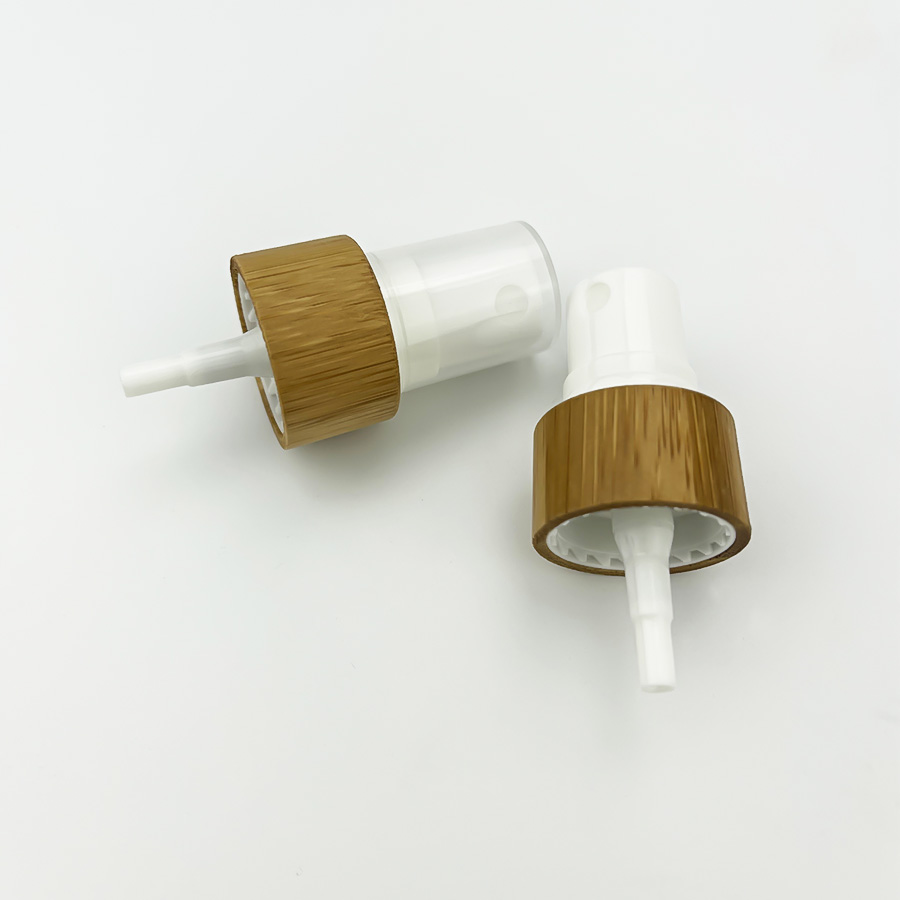The mechanism in a pump sprayer uses a piston, a stem, a spring, and a seal inside the pump to transfer the liquid from the reservoir to the actuator. The piston shrinks during the downstroke, sucking fluid into the reservoir and expanding when it moves up to pressurize the pump. The spring compresses and moves the piston back down, sucking fluid from the reservoir to the nozzle.
Different types of pumps use different cylinder designs to force cleaning fluids from the reservoir to the nozzle. Usually, the downstroke forces fluid up, while the upstroke forces fluid down.
Many pump sprayers have long wands, and some even come with extended wands. This gives you extra reach when applying chemicals to hard-to-reach areas. Wands also help reduce chemical spray drift.
Sprayers with wands are less likely to blow chemicals away from the user, which can be dangerous. They also create a distance between you and the chemicals, reducing your chances of getting any on your hands or face.
A few sprayers also have colour-coded nozzles for easy identification, which can be helpful when storing chemicals in the same work space. This will make it easier to keep track of your inventory and sort by colour code.


 English
English 中文简体
中文简体
 EN
EN 












 Fine Mist Sprayer
Fine Mist Sprayer